Picture this: You’re thirsty and tired and you’re craving for a nice iced coffee. Unfortunately, you’re left with a couple of coins in your pocket so Starbucks and Coffee Bean are out of the question. You walk to the nearest coffee shop and you experience the most bizarre conversation.
You: Aunty, can I have a cup of iced coffee?
Aunty: Kopi peng ah?
You: No, an iced coffee
Aunty: Kopi peng la!
Welcome to Singapore’s Kopitiam, a place where iced coffee is not called iced coffee, it’s called kopi peng.
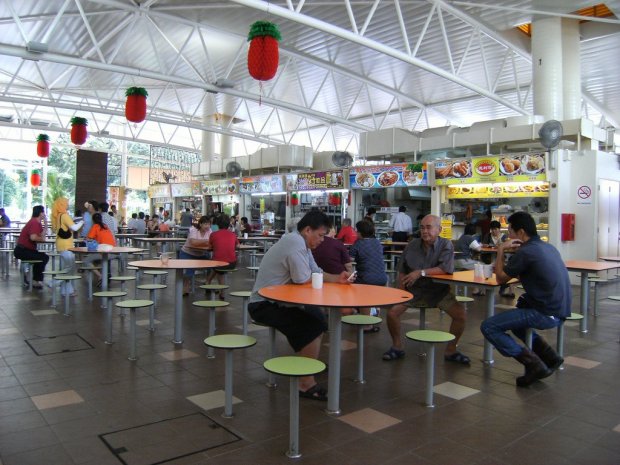
Kopitiam is a portmanteau of Malay’s coffee and Chinese dialect, Hokkien’s shop. Started as itinerant street food vendors, kopitiams have grown and multiplied to become Singapore’s most common food centers of close to 300 houses all around the island – it is almost like you’ll find a kopitiam at every turn!
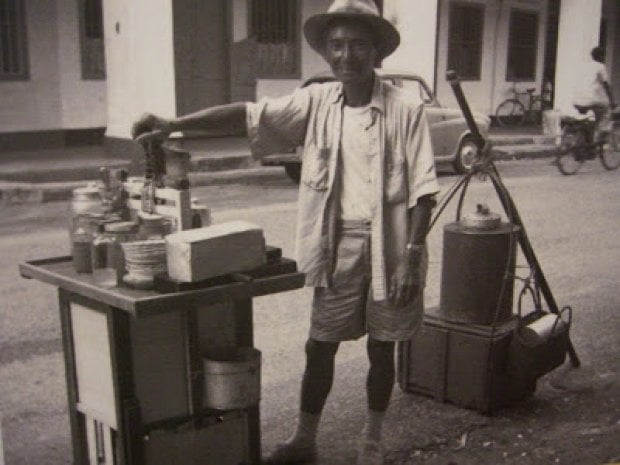
Over the years, the growth of kopitiam nurtured a strong kopitiam culture across Singapore. Workers and kopitiam-goers have set certain quirky practices that are now held close to the hearts of many Singaporeans. Overtime, various other practices have been developed as well.
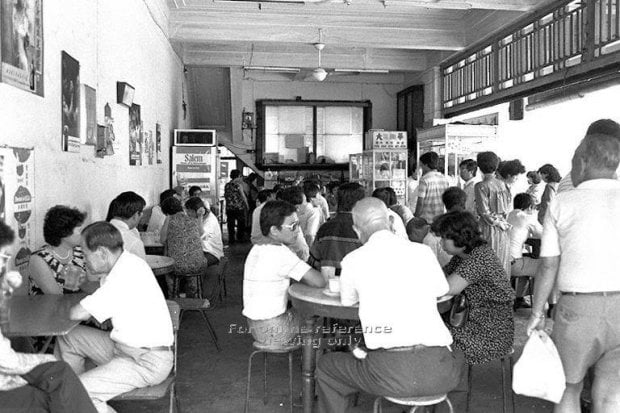
For instance, choping seats with a tissue packet or umbrella, and being approached by a middle-aged auntie or uncle with a big black pouch drooping on their waist, asking you “要喝什么?” (yao he shen me; what do you want to drink?)
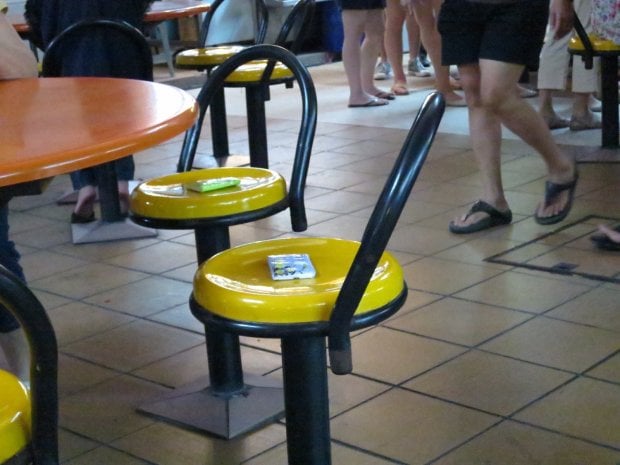
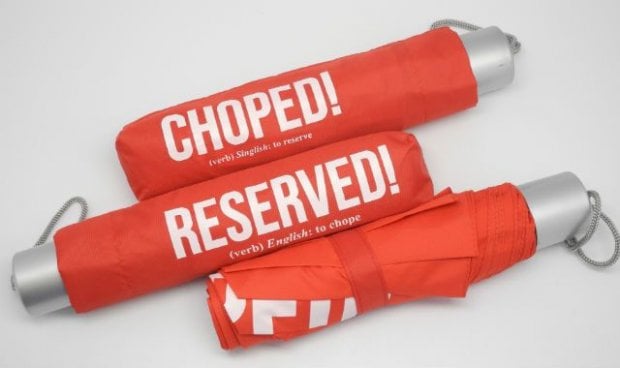
The most iconic is still the uniquely kopitiam jargons used in the coffeeshop. It is a must know if you want a self-customised coffee or tea. Fortunately, ordering in kopitiam is relatively easy and is less complicated than Starbucks or Coffee Bean.
Here’s a quick lesson on how to order drinks in kopitiam.
The normal coffee or tea comes with condensed milk. If you want this, just say kopi (coffee) or teh (tea).
However, if you want to customise your coffee or tea, it’d be good to remember some of the local jargons. There’s no boards like Starbucks’ or Coffee Bean’s to refer to, so make sure to know your orders well lest you get confused at the counter! An easy way is to remember what you really like and just stick to it (gives you less hassle). Here’s an easy guide to help you visualise better.
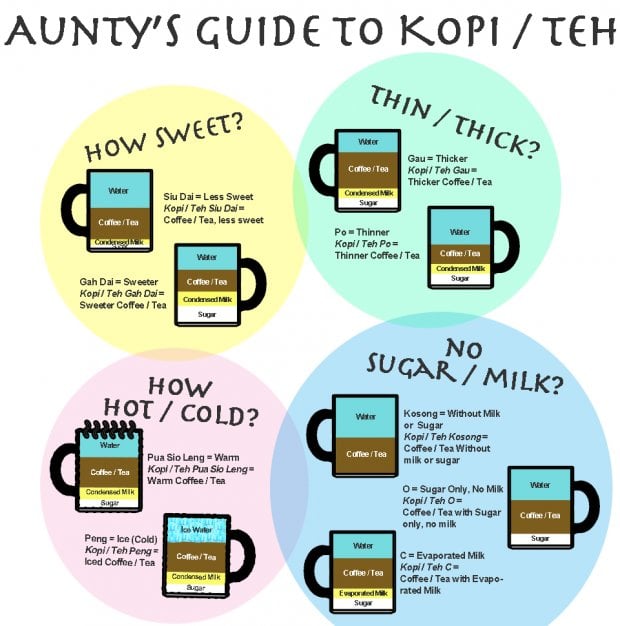
You can also have more than two jargons added behind your kopi or teh. When you are using more than one jargons, “C” and “O” always come first before other jargons. For example, if you want a thicker coffee with only sugar, say kopi o gau.
Fun fact: Many people (or maybe it’s just me) mistook the C in Kopi C as Condensed Milk. The C actually refers to the brand for the evaporated milk, Carnation.
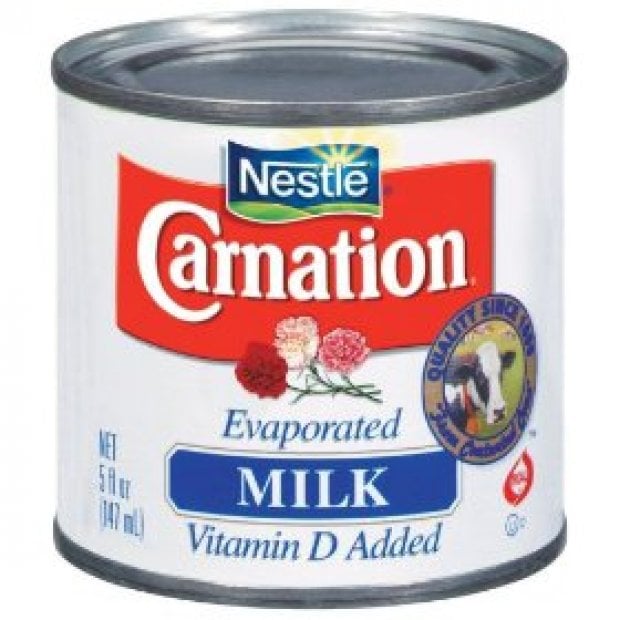
A quick tip for you, most kopitiams are served by middle-aged folks known to have tempers shorter than your pinky. You may want to think it through in your head what you want before ordering. You’re being warned.
Over the years, kopitiam aunties and uncles have come up with creative associations such as “Clementi” for iced lemon tea. Whether these deliberate connotations are to help them remember, speed up the order, or simply just for fun, we’d never know. In any case, we don’t really mind. Ordering is made more interesting this way.
Check out this video to find out how some of the names came about.
Let us continue creating names for drinks. Oh, look, some are already starting to get attention!
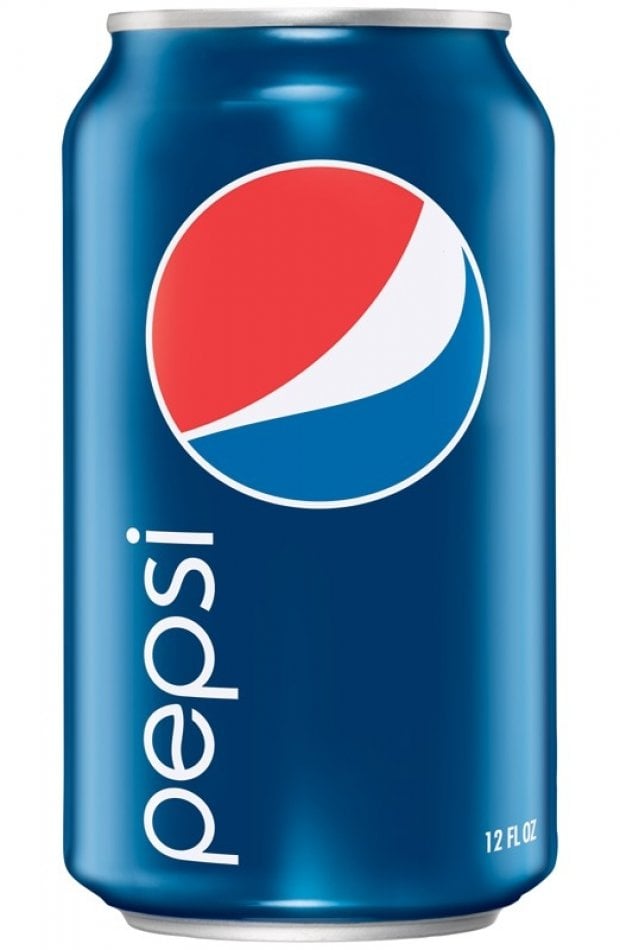
Pepsi Cola – “8456″ in Hokkien dialect is ‘Buay Si Gor Lark’
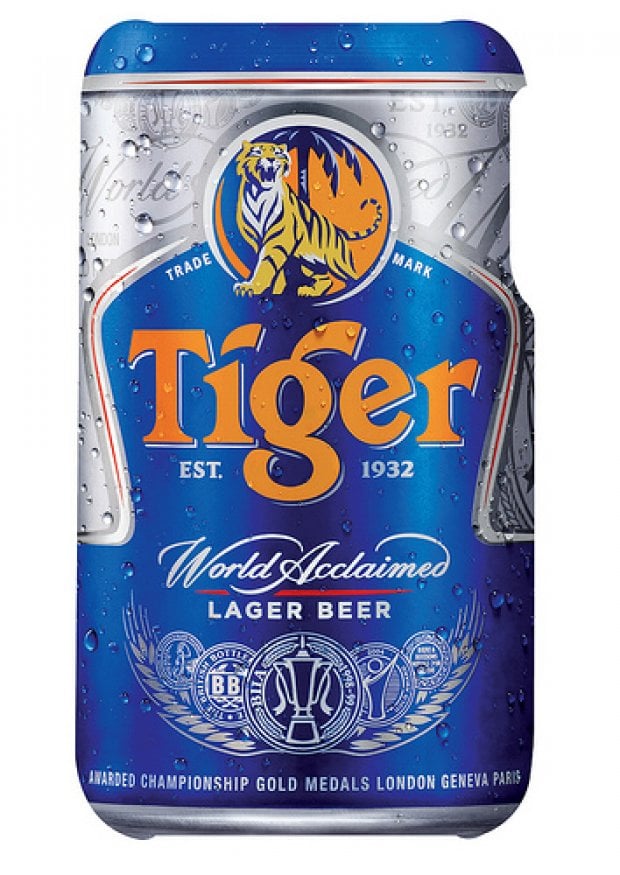
Tiger Beer- “Lao Hor”, for Hokkien dialect, or老虎 (lao hu) for Chinese
What are some others that you know?




